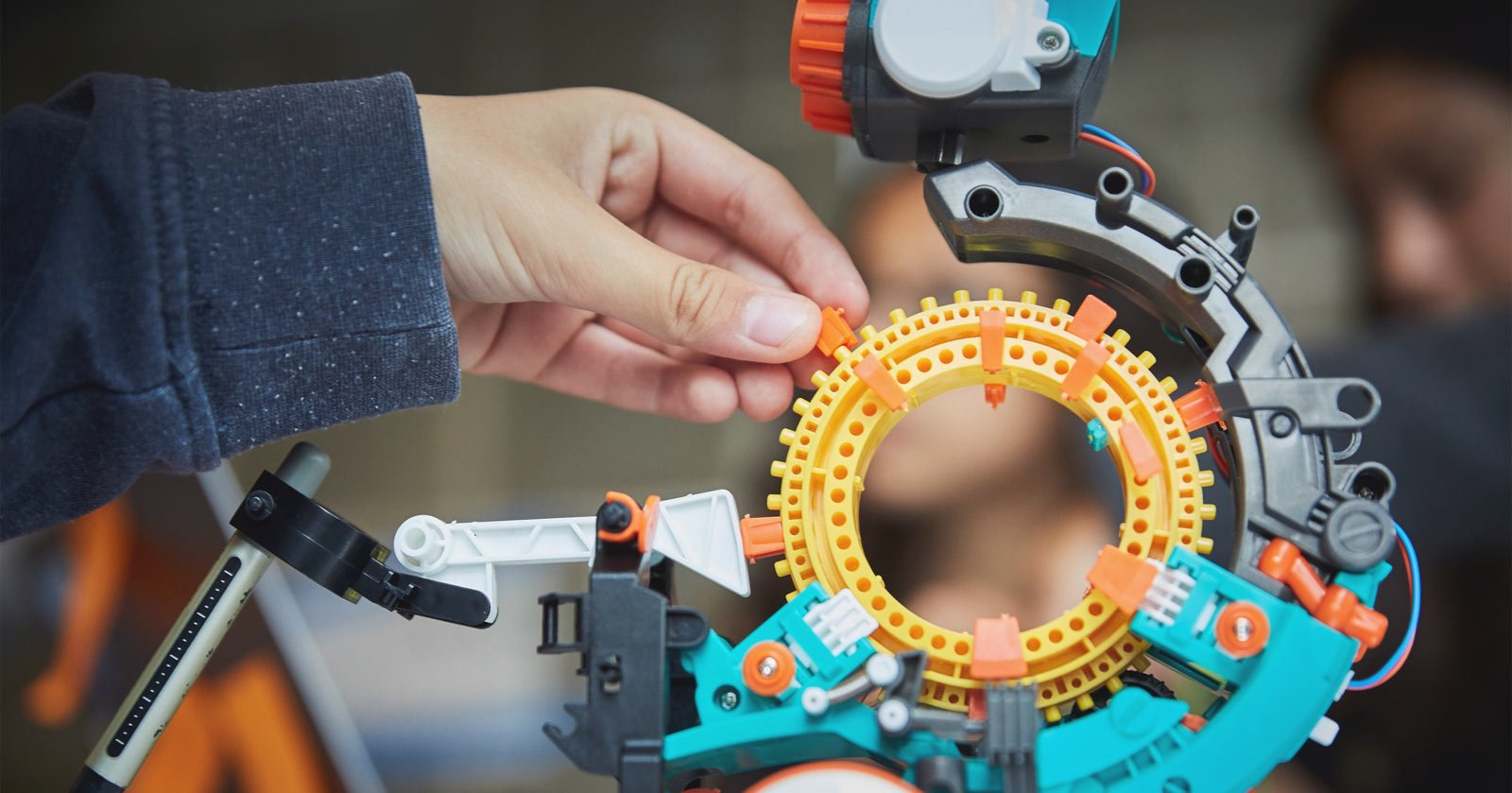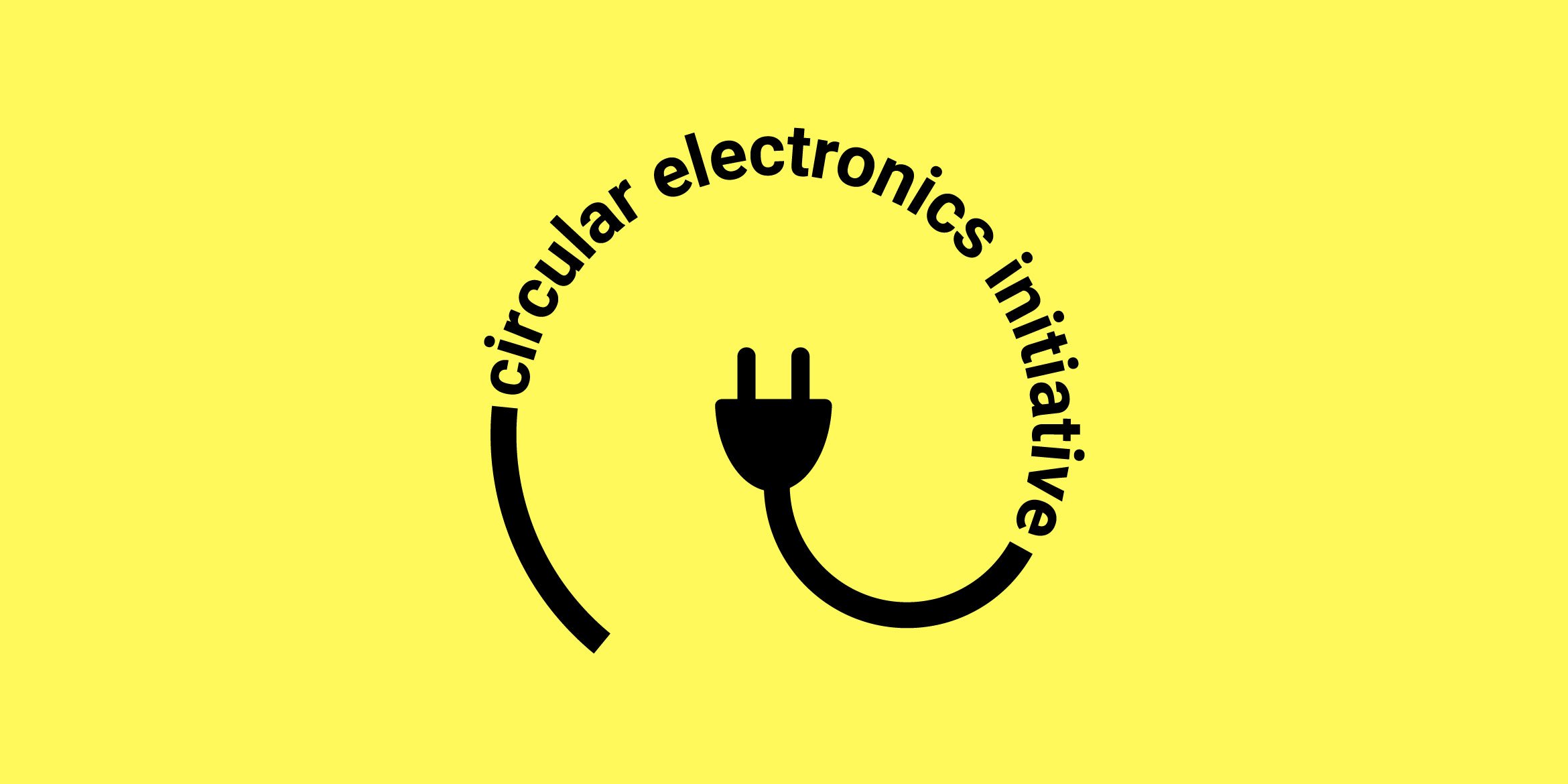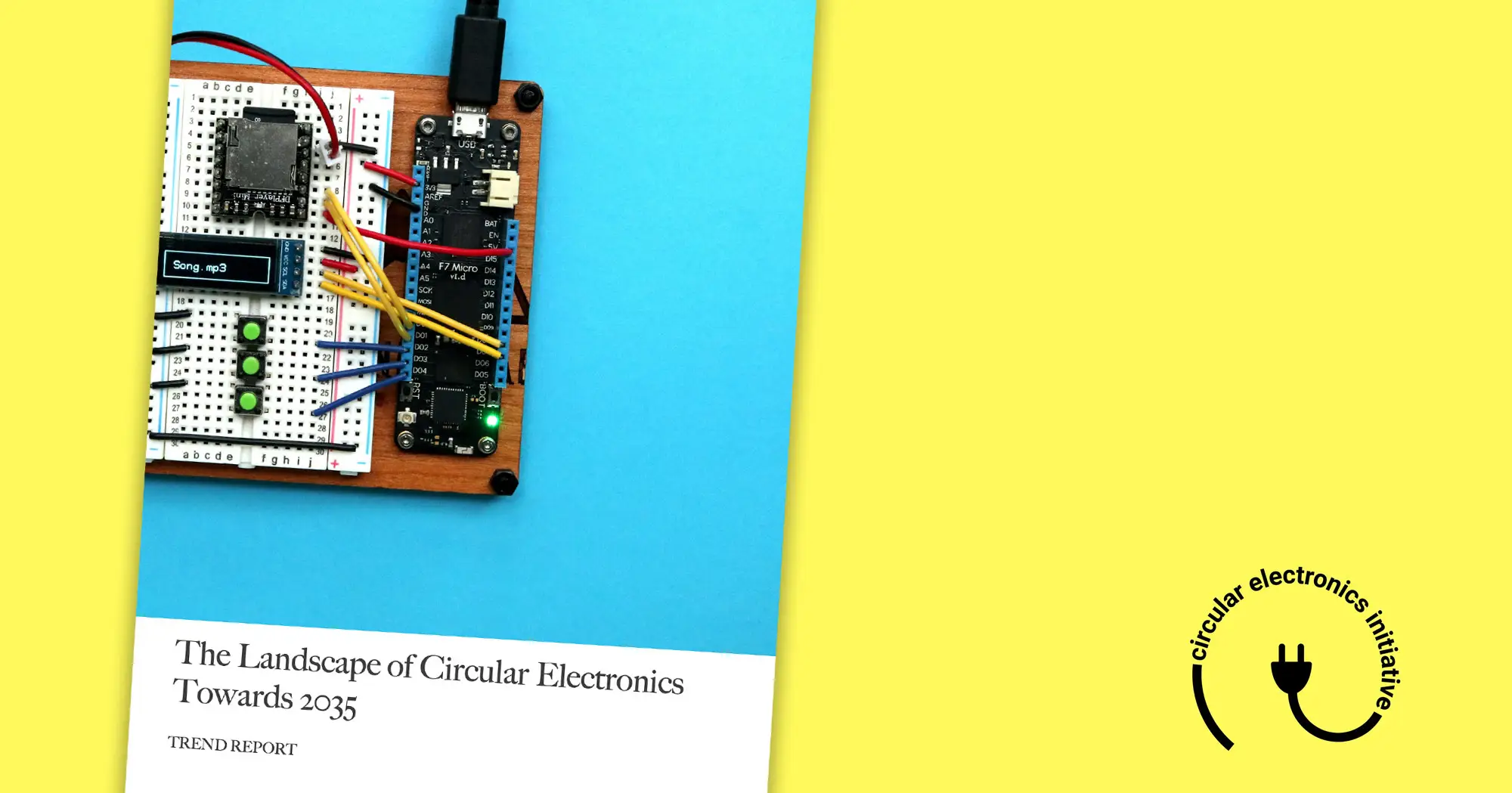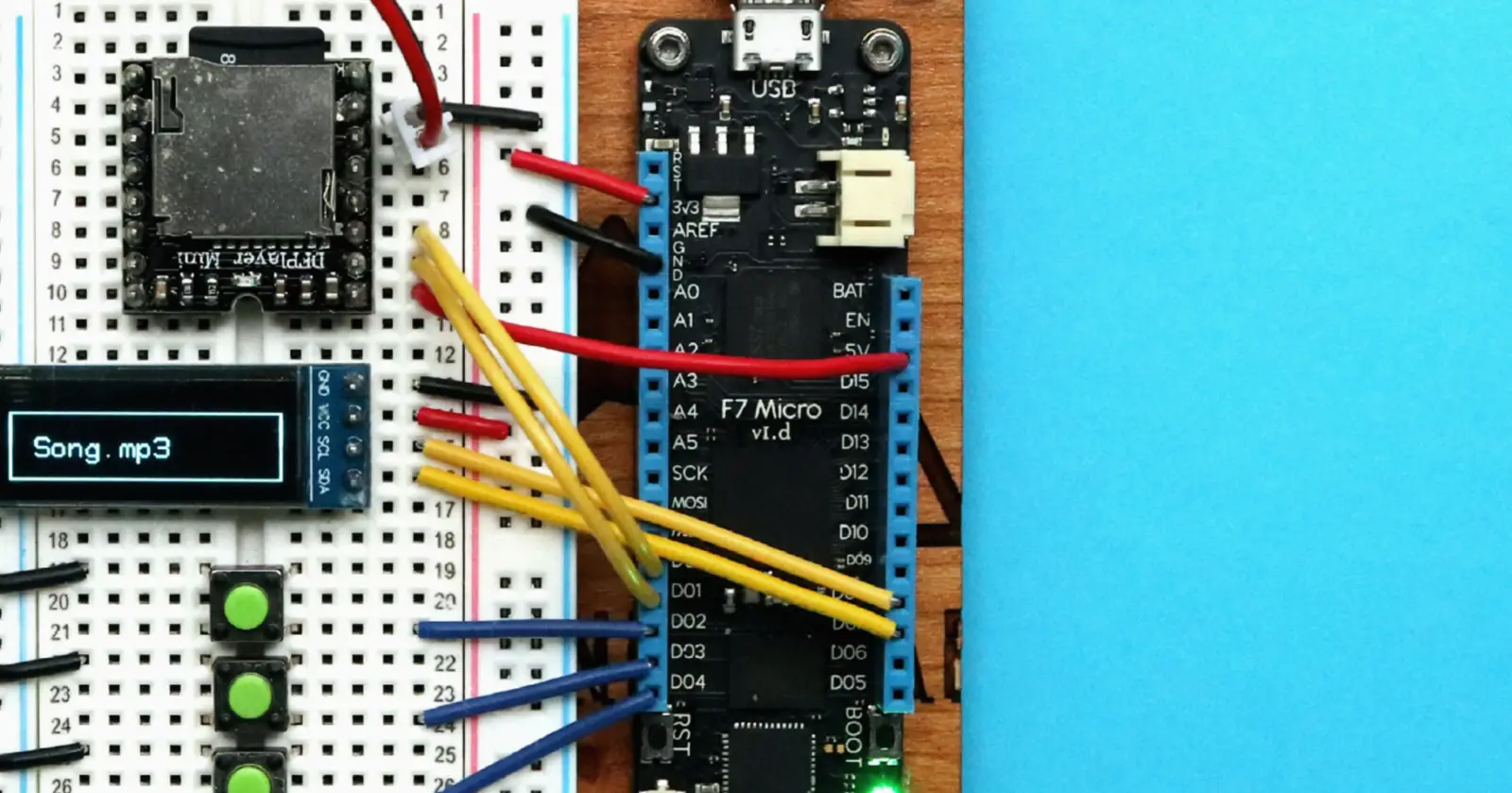IVL is helping companies and authorities to go from linear to circular processes, without hazardous substances continuing to spread in the cycle. This blog highlights a few examples.
This case is part of the Circular Electronics Day 2021 best practices series. Multiple organizations stand behind this initiative that takes place on January 24 with the aim to encourage organizations and consumers to take a more responsible approach to electronics.

Dr. Jurate Miliute-Plepiene
Expert on circular solutions for electronics and e-waste
Raising awareness of youth and citizens on sustainable electronics consumption
Large amounts of gold, platinum, copper, cobalt and aluminium – to name just a few metals – are buried in landfills or incinerated. Even rare elements like antimony and indium will dry up in a few years if demand continue to grow and no new deposits are found. Today, these metals can be found in all our homes, tucked away in drawers. We need to be better at submitting end-of-life electronics for reuse and recycling. But above all, we must consume in a more responsible way, take proper care of our possessions and not buy new ones as soon as we start to get tired of what we have.
IVL was a part in the international project, E-mining@schools, co-funded within the EU’s EIT RAW Materials program. The aim was to raise knowledge and awareness among students regarding the environmental and ethical considerations and business opportunities related to e-waste and its lifecycle. Educational activities include in-class teaching facilitated by a digital platform. As a part of the project IVL released a popular science book “E-waste and raw materials: from environmental issues to business models”.
Assessing the environmental effects of small electronics and reuse of mobiles
Small electronics especially ICT (such as mobile phones or tablets iPad, laptops) are among the most environmentally-charged consumer products. For instance, a lifecycle of a mobile phone corresponds to ca. 50-100 kg of CO2ekv and the production of a laptop can generate more than 1 ton of waste. Responsible consumption of electronics, such prolonging its time in use including reuse and recycling are essential strategies in reducing the climate and other environmental footprints of this product group.
J. Miliute-Plepiene works as an expert supporting the Government Office of Sweden in ongoing investigations on the opportunities to introduce a national deposit-refund system for small electronics. This work includes analysing the environmental effects of small electronics and its reuse potentials.

Alexandra Wu
Electronics specialist
Understanding trends in electronics use in Sweden – consumption, flows and waste
Small electronics like mobile phones and other ICT devices contain high concentrations of valuable metals and minerals. If they can be reused and recycled, then we can “close the loop” on the flow of these materials to produce new products from the old and minimize the leakage of waste to the environment. This means moving towards the circular economy. Consumers play a critical role – in turning in their old mobile phones, tablets and other devices to collection centres for reuse and recycling.
IVL was part of a project that mapped the volumes and flows of small electronics in Sweden, to support the government’s ongoing efforts to develop a national deposit-refund system for small electronics. Like the deposit-refund systems for cans and bottles, a similar system for electronic waste can help increase collection rates which in turn, provide greater electronics waste volumes for reuse and recycling.

Lisbeth Dahllöf
Battery and eco-design expert
Promoting the Nordics as a circular economy frontrunner in lithium-ion batteries
Lithium-ion batteries play an important role in the clean energy transition in the Nordics. The demand for batteries has exploded over the last few years and will continue to grow. We need to establish a strong battery industry in Europe and the Nordics to be competitive.
IVL is working with researchers and experts to promote the Nordic region as a forerunner in sustainable consumer electronics. We are investigating how relevant markets can contribute to circular economy transition through better design, long-lasting products and consumer safety. We are talking to policymakers to improve the circularity of products using lithium-ion batteries and pushing for circularity in emerging battery technologies. This project is called Batteries in the Nordic – changing for circularity.

Erik Emilsson
WEEE specialist
Promoting the li-ion battery recycling market – the ELiMINATE project
Lithium-ion batteries have enabled smartphones, power tools, and other portable electronics to operate without the need of frequent charging or extension cables. As batteries are becoming much more common in our electrified society, the stock of end-of-life batteries is also expected to increase drastically over the next decades.
To support the li-ion battery recycling industry in the EU, IVL is teaming up with Chalmers and researchers from South Africa and Turkey to evaluate several hydrometallurgical recycling technologies from environmental and business standpoints. In this project (called ELiMINATE), IVL will contribute with life cycle analyses, business models, and material flow analyses to help recyclers determine the feasibilities of using the technologies in the EU-region.
Recycling permanent magnets in electronics – the MaXycle project
Neodymium magnets are used in many common electronics such as hard disk drives, speakers, smartphones and power tools. The demand for these types of rare-earth magnets increasing rapidly, but mining the rare-earth metals needed to produce them is devastating for the environment, and reserves are finite.
IVL is working with researchers and producers to evaluate a classification system for neodymium magnets to increase their recyclability. With the proper labelling of the magnets, a novel type of recycling called hydrogen processing of magnetic scrap (HPMS) becomes more accessible. This recycling method is good because it is closer to the ’reduce’ side of the reduce-reuse-recycle hierarchy than the best available magnet recycling methods today. Our role in the project is to ensure the circular economy and health and safety aspects of this recycling technique.
About IVL
IVL Swedish Environmental Research Institute has a wide environmental profile. We combine applied research and development with close collaboration between industry and the public sphere. Our consultancy is evidence-based, and our research is characterized by interdisciplinary science and system thinking.
Alexandra Wu, Electronics Specialist at IVL




